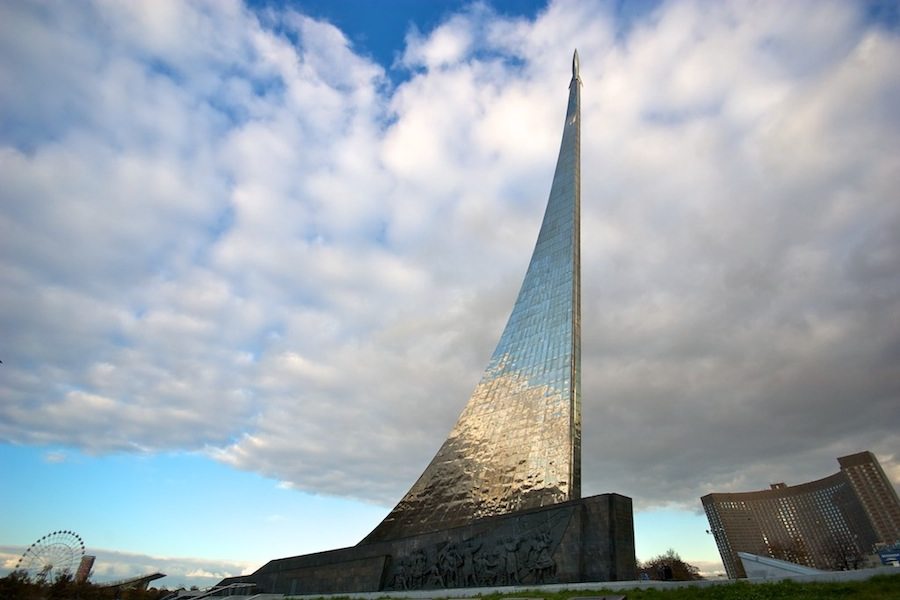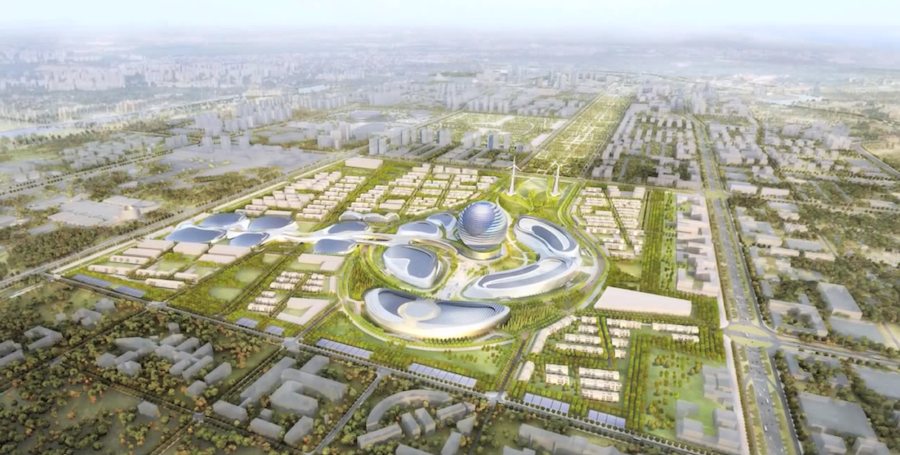EXPO 2017 in Astana

Expo 2017 in Astana, Kazakhstan, will show off with grand architecture and a sustainable message about Future Energies. The country will keep on with the flamboyant attitude on Russia and former Soviet nations at World Fairs. ArchiPanic met Moscow Chief Architect Sergey Kuznetsov to talk about how “Russianness” relates with contemporary issues.
After Shangai, Korea and Milan, Expo 2017 will rise in Astana, Kazakhstan and will be focused on sustainable Future Energies. The master plan by Adrian Smith + Gordon Gill will combine the WOW effect of architectures with cutting-edge technologies. The site will function and live with renewable sources but it will also provide energy to neighbouring districts.
In the meantime, ArchiPanic met Moscow Chief Architect Sergey Kuznetsov who explained how Russia and former Soviet countries like Kazakhstan conveyed their national spirit through architecture along with contemporary challenges.

Russia has always been among the countries that most actively took part at World Expos since 1851. Each time they made sure to show off with grand architectures. in Moscow, the VDNKh –ВДНХ amusement park can prove that featuring some of the most flamboyant Soviet pavilions so far.

At Expo 2015, architect Sergei Chobin reinterpreted the pavilion of Montreal Expo 1967 to convey the contemporary motto Feed the Planet – Enery for life. Indeed, Russia pavilion in Milan featured a 30 m long underside-mirrored cantilever [Read more].

But which is the new meaning of the word Russian? ArchiPanic met Moscow Chief Architect Sergey Kuznetsov. “Russian pavilions always had a pronounced shape, an outlined silhouette. In Milan we followed the traditions with a modern twist by using the contemporary materials like wood, stainless steel and glass”.

“The national identity is a crucial issue today not only for Russia, but for all countries. Naturally, each pavilion tries to showcase its country, its architecture, and its national identity. Following our pavilions’ traditions, we went for the WOW effect”.
Sergey Kuznetsov: I think that Russianness is the ability to surprise people with something, be it richness of the ornaments, sheer size, construction complexity or materials.

Russian Pavilion at Milan Expo 2015 catches the eye not only with its interior but with exterior as well. This is the very definition of Russianness. I think that this ability to surprise and amaze is very Russian, and it has always been present in our architecture.
ArchiPanic: In times of globalization the boundaries are blended. Are architects doing the same now? Have the countries lost their own architectural style?
Sergey Kuznetsov: I still believe that great architects manage to find that identity, not only for the countries they’re from but also for the countries they work for. For instance, many foreign architects working in Russia are trying to highlight a particular flavor we have.
Indeed, World Expo 2017 in Astana, Kazakhstan, is designed by Chicago firm Adrian Smith + Gordon Gill Architecture. The masterplan of 173 hectare site centred around a giant sphere will welcome guests with a message for sustainable future energies.
AS+GG’s design for EXPO-2017 will embrace the Future Energy concept by becoming the first Third Industrial Revolution city, where energy consumed by the Expo community will be provided from renewable sources.

“The buildings will become generators of power and their energy will be stored and distributed with innovative technologies. The forms and language of the buildings are designed to reduce their energy needs and operate as power plants that harness energy from the sun and/or wind,” says AS+GG Partner Gordon Gill.

Adrian Smith + Gordon Gill Architecture won an international competition featuring entries by Zaha Hadid, Massimiliano and Doriana Fuksas, UNstudio, Safdie Architects, Snhøetta and more.
This story originally appeared on ArchiPanic.
- Tags:
- EXPO |
- Astana |
- Sergey Kuznetsov







